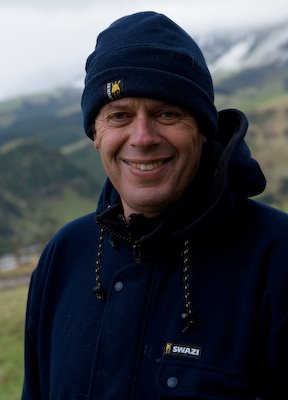On a roll-working to a conclusion

Kia ora tatou:
I would like to talk about another way of making photographs.
For a few years I taught Fine Art photography. It kind of fitted in with my working method and approach to picture-making. I had moved from being an opportunistic photographer happy to grab whatever popped up in front of his lens (landscapes, portraits, whatever), to preferring to work on a series. I learned this from a friend at the time, Nan Gee, who had pursued the same line of enquiry for some years. Looking through her work, I could see a progression, and a gradual development of understanding.
So I began to work this way.
About that time I began, as I said, to teach Art photography. That introduction was a revelation, for this is how Art is made. Over time I came to incorporate it into my own practice. Let me explain how it works.
Art students select a picture-making issue. (Note that all Art is concerned with picture-making problems. David Hockney was concerned with the documentation of time, the nature of perspective, and the question of viewpoint.). Examples might be the nature of near/far, or urban decay, or how a cockroach sees the world….
The student then does considerable research. He/she will look at the work of masters in the field, noting techniques, approaches, subject matter and philosophy. Excellence-level students will have upwards of 5 artist’s models. He will feed it into his own exploration.
There are 4 distinct stages to the process:
- Exploration. Here the student does what we have talked about in the last paragraph. This is done by means of a visual diary, where he writes down ideas, sketches, brainstorms and develops possible lines of enquiry. Putting your thoughts out there helps to make them concrete and allow reinterpretation and revisiting. It is probably the single most useful way to advance your work. And it is fun.
- Development. Here the student takes a number of those ideas and begins to work with them. A painter might do lots of drawings and mini-paintings. Look at the oeuvre of any significant artist and you will see swags of half-finished work. These are lines of enquiry that did not necessarily go anywhere but fed into the process. Years ago I had the rare opportunity to photograph the work of the famous New Zealand artist, Doris Lusk. Everywhere you looked there were sketchbooks and half-finished painting-lets. Skimming through a few I got a real insight into how she had worked. Photographers might well photograph around the subject. The more you do it, the greater insight you get into the nature of your subject.
- Clarification. At this point the student has narrowed down the lines of enquiry into one or two. Work at this point is concerned with focusing on the issues associated with the problem and working them out. For me, a concern in my landscape work is the structure of the land and how it interacts in the picturespace with the sky. The land is, pictorially speaking, relatively static; the sky is constantly on the move. How to draw out that contrast is an idea I will often confront when I am out photographing. For me it is an ongoing concern that informs my work (Artspeak for: what I want to say in my photographs!)
- Regeneration. At this point the student is producing work that incorporates this exploration into his/her own artistic view and which is both original and non-plagiaristic. A successful student will offer a personal viewpoint, one that references those who have gone before without directly appropriating (ripping off) what they have done. A weak student will do little development and any end-work will be little more than direct mimicry.
If we take the time to think about what we are interested in photographically, to consider what it is that fascinates us, to write it down, then explore, explore, explore, the potential is there to grow our picture-making into something informed, original and us.
To make a statement that shows our view.


1 Comments:
Hi Tony
You have talked to me many times about that visual diary and its creation! It's about time I did that and it now looks like I am about to have the time to create one and think about a thematic approach to a photographic series.
Thanks again for the prompt
Post a Comment
<< Home